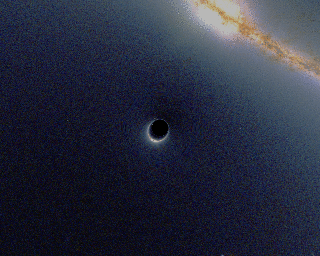“The Russian Aggression Prevention Act” (RAPA): A Direct Path to Nuclear War with Russia
By Steven Starr
Global Research, August 22, 2014
The Russian Aggression Prevention Act”, introduced to Congress by U.S. Senator Bob Corker (R-Tenn.), will set the US on a path towards direct military conflict with Russia in Ukraine.
Any US-Russian war is likely to quickly escalate into a nuclear war, since neither the US nor Russia would be willing to admit defeat, both have many thousands of nuclear weapons ready for instant use, and both rely upon Counterforce military doctrine that tasks their military, in the event of war, to preemptively destroy the nuclear forces of the enemy.
RAPA provides de facto NATO membership for Ukraine, Georgia, and Moldova via RAPA
The Russian Aggression Prevention Act, or RAPA, “Provides major non-NATO ally status for Ukraine, Georgia, and Moldova for purposes of the transfer or possible transfer of defense articles or defense services.”
Major non-NATO ally status would for practical purposes give NATO membership to these nations, as it would allow the US to move large amounts of military equipment and forces to them without the need for approval of other NATO member states. Thus RAPA would effectively bypass long-standing German opposition to the US request to make Ukraine and Georgia part of NATO.
Germans rightly fear placing US/NATO troops and US Ballistic Missile Defense (BMD) in Ukraine, given the profound and long-standing Russian objections against the expansion of NATO (especially to Ukraine and Georgia) along with deployment of European US/NATO BMD. Germany is acutely aware of the distinct possibility that the civil war raging in Ukraine could evolve into a Ukrainian-Russian war.
Under such circumstances, deployment of US/NATO forces in Ukraine would make it virtually inevitable they would come into fight with Ukraine against Russia.
RAPA would accelerate the “implementation of phase three of the European Phased Adaptive Approach for Europe-based missile defense . . . by no later than the end of calendar year 2016.” In 2012, Russia’s highest ranking military officer stated that Russia might consider a pre-emptive strike against such BMD deployments “when the situation gets harder.”
RAPA “Directs DOD [US Department of Defense] to assess the capabilities and needs of the Ukrainian armed forces” and “Authorizes the President, upon completion of such assessment, to provide specified military assistance to Ukraine.”
RAPA would have the US quickly supply Ukraine with$100 million worth of weapons and equipment, including anti-tank and anti-aircraft weapons, crew weapons, grenade launchers, machine guns, ammunition, and Mine Resistant Ambush Protected vehicles.
RAPA requires the Obama administration to
If RAPA did not result in the deployment of US forces to Ukraine, it would certainly position them for rapid deployment there, in the event that the Ukrainian civil war escalates into a Ukrainian-Russian conflict.
RAPA intensifies support for ethnic cleansing
in Eastern Ukraine
In Russia, Putin now is under intense domestic political pressure to send Russian forces into Eastern Ukraine, in order to stop the attacks by the Ukrainian military on the cities there, which were once part of the Soviet Union.These attacks have created an absolute humanitarian catastrophe.
On August 5, 2014, the Office of the United Nations High Commissioner for Refugees reported that 740,000 Eastern Ukrainians had fled to Russia. They go there because Russia is close, and because most of the refugees are ethnic Russians, a fact that explains why the Russophobes in Kiev have been quite willing to indiscriminately bombard their cities.
What is taking place in Eastern Ukraine amounts to “ethnic cleansing,” the forced removal of ethnic Russians from Eastern Ukraine. This is a process that is fully supported by the US; RAPA would greatly enhance this support.
Ukrainian military forces have surrounded Donetsk – a city of almost one million people – and have for weeks conducted daily attacks against it using inaccurate multiple-launch rockets, heavy artillery fire, ballistic missiles carrying warheads with up to 1000 pounds of high explosive, and aerial bombardments. Water supplies, power plants, train stations, airports, bridges, highways, and schools have all been targeted, along with the general population.
In Lugansk, a city of more than 440,000 people, a humanitarian crisis has been declared by its mayor, because the siege of the city has left it with little medicine, no fuel,intermittent power, and no water since August 3 (three weeks at the time of this writing).
After the separatists of Eastern Ukraine demanded autonomy from Kiev, and then reunion with Russia, the government in Kiev branded them as “terrorists”, and sent its military forces against them in what they euphemistically call an “anti-terrorist operation.”
Framing the conflict this way makes it politically acceptable to refuse to negotiate with the separatists, and easier to justify in the US and Europe, which have grown accustomed to “the War on Terrorism.” However, the thousands of Ukrainians being killed and hundreds of thousands of being driven from their homes are just ordinary people, trying to live ordinary lives.
The New York Times reports the Ukrainian military strategy has been to bombard separatist-held cities and then send paramilitary forces to carry out “chaotic, violent assaults” against them.
Many of the Ukrainian paramilitary forces were recruited from ultra-nationalist, neo-Nazi political parties; the Azov battalion flies the “Wolfs Hook” flag of Hitler’s SS divisions.
Considering that more than 20 million Russians died fighting the Nazis during World War II, the presence of openly Nazi militias attacking ethnic Russians in Ukraine creates extreme anger in Russia.
RAPA supports plans in Kiev for an attack on Crimea
The Russian Aggression Prevention Act demands that Russia “withdraw from the eastern border of Ukraine,” which is by definition, the Russian border. In other words, RAPA provocatively demands that Russia remove its own military forces away from its own borders, while Ukrainian military forces are meanwhile massed on the other side, attacking predominantly Russian cities.
RAPA also demands that “Russian forces must have withdrawn from Crimea within seven days of the enactment of the Act.” Not likely to happen, given that
Thus, in the eyes of Russia, the requirement to “withdraw from Crimea” amounts to a US demand that Russia surrender Russian territory. Putin has just taken the entire Russian Duma (the Russian House of Representatives) to Crimea, to address them there and strongly make the point that there will be no withdrawal from Crimea.
RAPA, however, stipulates that the US does not recognize the Russian annexation of Crimea, and creates sanctions and legal penalties for anyone who does. RAPA therefore provides both military and political support for Ukrainian President Poroshenko’s stated goat that Ukraine will retake Crimea.
This goal was recently echoed by the Ukrainian defense minister, who was applauded by the Ukrainian Parliament when he told them that the Ukrainian army will “have a victory parade in Sevastopol“. These statements are taken seriously in Moscow, where they are viewed as a promise to attack Russia.
Thus, Putin’s advisers are telling him he must fight today in Eastern Ukraine, or tomorrow in Crimea.
Any Russian military intervention in Eastern Ukraine would certainly be described in the West as Russian aggression in pursuit of empire, which would trigger deafening demands that US/NATO forces act to support Ukraine.
Should NATO intervene, subsequent Russian military action against any NATO member would trigger the alliance’s Chapter 5 mutual defense clause, committing it to war with Russia.
Any major Ukrainian attack upon Crimea would make war with Russia inevitable. Ukraine appears to be preparing for such an assault by drafting all men of ages 18 to 60 years, in a forced mobilization of its armed forces, which also includes calling up its active reserves of one million men, and bringing more than 1000 battle tanksout of storage. Putin is being told by his close advisers that Ukraine will have an army of half a million men in 2015.
RAPA would provide hundreds of millions of dollars to train and arm the rapidly expanding Ukrainian armed forces, and position US/NATO forces for rapid intervention on the side of Ukraine in the event of a Ukrainian-Russian war. Thus, the many political and military provisions of RAPA would certainly act to fully encourage Ukraine to carry out its stated policy to retake Crimea.
The Republic of Georgia attacked Russian forces in 2008 with far fewer US promises of aid. Of course, RAPA would also arm Georgia, too.
RAPA moves the US towards nuclear war with Russia
A US/NATO-Russian war would instantly put US and Russian nuclear forces at peak alert, with both sides anticipating a nuclear first-strike from the other.
Both the US and Russia have changed their nuclear war-fighting plans to include the use of preemptive nuclear first-strikes; both nations have “tactical” nuclear weapons designed for battlefield use.
The US has 180 B61 nuclear bombs deployed on six military bases of five other NATO states, which would be released to these NATO members in the event of a US/NATO-Russian war.
Russia also has at least 1300 tactical nuclear weapons, and Russian war doctrine specifies their use against overwhelming conventional (NATO) forces. Any use of “tactical” or “battlefield” nuclear weapons, by either side, would likely trigger an equal or greater response from the other.
During the first Cold War, the US studiously avoided any direct military confrontation with Russia, because it was widely thought that such a war would inevitably escalate to become a nuclear war – which would utterly destroy both nations. However, there seems to be little thought or discussion of this in the US today, despite the fact that both the US and Russia appear to be preparing for such a war.
In May, the increasing tensions in Ukraine led both nations to almost simultaneously conduct large nuclear war games. Long-range Russian nuclear bombers tested US air defenses16 times in a ten day period (July 29 – August 7).
US and Russian leaders are either unaware or choose to ignore the fact that such “games” and “tests” are a dress rehearsal for human extinction.
Peer-reviewed scientific studies predict the environmental consequences of a war fought with only a fraction of US and/or Russian strategic nuclear weapons would likely wipe out the human race.
Scientists predict that even a “successful” US nuclear first-strike, which destroyed 100% of Russia’s nuclear forces before they could be launched, would create catastrophic changes in global weather that would eliminate growing seasons for years. Most humans and large animals would starve to death.
Nuclear war is suicide for humans, but our leaders still have their fingers on the nuclear triggers. There seems to be absolutely no awareness, either in our Federal government or in the American public, of the existential danger posed by nuclear war.
Such ignorance is embodied by The Russian Aggression Prevention Act, which if enacted will put us on a direct course for nuclear war with Russia.
Any US-Russian war is likely to quickly escalate into a nuclear war, since neither the US nor Russia would be willing to admit defeat, both have many thousands of nuclear weapons ready for instant use, and both rely upon Counterforce military doctrine that tasks their military, in the event of war, to preemptively destroy the nuclear forces of the enemy.
RAPA provides de facto NATO membership for Ukraine, Georgia, and Moldova via RAPA
The Russian Aggression Prevention Act, or RAPA, “Provides major non-NATO ally status for Ukraine, Georgia, and Moldova for purposes of the transfer or possible transfer of defense articles or defense services.”
Major non-NATO ally status would for practical purposes give NATO membership to these nations, as it would allow the US to move large amounts of military equipment and forces to them without the need for approval of other NATO member states. Thus RAPA would effectively bypass long-standing German opposition to the US request to make Ukraine and Georgia part of NATO.
Germans rightly fear placing US/NATO troops and US Ballistic Missile Defense (BMD) in Ukraine, given the profound and long-standing Russian objections against the expansion of NATO (especially to Ukraine and Georgia) along with deployment of European US/NATO BMD. Germany is acutely aware of the distinct possibility that the civil war raging in Ukraine could evolve into a Ukrainian-Russian war.
Under such circumstances, deployment of US/NATO forces in Ukraine would make it virtually inevitable they would come into fight with Ukraine against Russia.
RAPA would accelerate the “implementation of phase three of the European Phased Adaptive Approach for Europe-based missile defense . . . by no later than the end of calendar year 2016.” In 2012, Russia’s highest ranking military officer stated that Russia might consider a pre-emptive strike against such BMD deployments “when the situation gets harder.”
RAPA “Directs DOD [US Department of Defense] to assess the capabilities and needs of the Ukrainian armed forces” and “Authorizes the President, upon completion of such assessment, to provide specified military assistance to Ukraine.”
RAPA would have the US quickly supply Ukraine with$100 million worth of weapons and equipment, including anti-tank and anti-aircraft weapons, crew weapons, grenade launchers, machine guns, ammunition, and Mine Resistant Ambush Protected vehicles.
RAPA requires the Obama administration to
“use all appropriate elements of United States national power…to protect the independence, sovereignty, and territorial and economic integrity of Ukraine and other sovereign nations in Europe and Eurasia from Russian aggression.” This includes “substantially increasing United States and NATO support for the armed forces of the Republics of Poland, Estonia, Lithuania, and Latvia,” and “substantially increasing the complement of forward-based NATO forces in those states.”Consequently, RAPA would produce significant buildups of US/NATO forces into Poland and the Baltic States, accelerate the construction of US BMD systems in Eastern Europe, and authorize substantial U.S. intelligence and military aid for Ukrainian military forces that continue to lay siege to the largest cities in Eastern Ukraine.
If RAPA did not result in the deployment of US forces to Ukraine, it would certainly position them for rapid deployment there, in the event that the Ukrainian civil war escalates into a Ukrainian-Russian conflict.
RAPA intensifies support for ethnic cleansing
in Eastern Ukraine
In Russia, Putin now is under intense domestic political pressure to send Russian forces into Eastern Ukraine, in order to stop the attacks by the Ukrainian military on the cities there, which were once part of the Soviet Union.These attacks have created an absolute humanitarian catastrophe.
On August 5, 2014, the Office of the United Nations High Commissioner for Refugees reported that 740,000 Eastern Ukrainians had fled to Russia. They go there because Russia is close, and because most of the refugees are ethnic Russians, a fact that explains why the Russophobes in Kiev have been quite willing to indiscriminately bombard their cities.
What is taking place in Eastern Ukraine amounts to “ethnic cleansing,” the forced removal of ethnic Russians from Eastern Ukraine. This is a process that is fully supported by the US; RAPA would greatly enhance this support.
Ukrainian military forces have surrounded Donetsk – a city of almost one million people – and have for weeks conducted daily attacks against it using inaccurate multiple-launch rockets, heavy artillery fire, ballistic missiles carrying warheads with up to 1000 pounds of high explosive, and aerial bombardments. Water supplies, power plants, train stations, airports, bridges, highways, and schools have all been targeted, along with the general population.
In Lugansk, a city of more than 440,000 people, a humanitarian crisis has been declared by its mayor, because the siege of the city has left it with little medicine, no fuel,intermittent power, and no water since August 3 (three weeks at the time of this writing).
After the separatists of Eastern Ukraine demanded autonomy from Kiev, and then reunion with Russia, the government in Kiev branded them as “terrorists”, and sent its military forces against them in what they euphemistically call an “anti-terrorist operation.”
Framing the conflict this way makes it politically acceptable to refuse to negotiate with the separatists, and easier to justify in the US and Europe, which have grown accustomed to “the War on Terrorism.” However, the thousands of Ukrainians being killed and hundreds of thousands of being driven from their homes are just ordinary people, trying to live ordinary lives.
The New York Times reports the Ukrainian military strategy has been to bombard separatist-held cities and then send paramilitary forces to carry out “chaotic, violent assaults” against them.
Many of the Ukrainian paramilitary forces were recruited from ultra-nationalist, neo-Nazi political parties; the Azov battalion flies the “Wolfs Hook” flag of Hitler’s SS divisions.
Considering that more than 20 million Russians died fighting the Nazis during World War II, the presence of openly Nazi militias attacking ethnic Russians in Ukraine creates extreme anger in Russia.
RAPA supports plans in Kiev for an attack on Crimea
The Russian Aggression Prevention Act demands that Russia “withdraw from the eastern border of Ukraine,” which is by definition, the Russian border. In other words, RAPA provocatively demands that Russia remove its own military forces away from its own borders, while Ukrainian military forces are meanwhile massed on the other side, attacking predominantly Russian cities.
RAPA also demands that “Russian forces must have withdrawn from Crimea within seven days of the enactment of the Act.” Not likely to happen, given that
(1) Crimea was part of the Russian empire from 1783 until 1954,
(2) withdrawal from Crimea would require Russia to abandon its only warm water port at Sevastopol, where Russian forces have been based, by internationally recognized treaty, since 1997, and
(3) more than three-quarters of all Crimeans voted “yes” to reunify with Russia, a vote which Russia accepted by its subsequent annexation of Crimea.
Thus, in the eyes of Russia, the requirement to “withdraw from Crimea” amounts to a US demand that Russia surrender Russian territory. Putin has just taken the entire Russian Duma (the Russian House of Representatives) to Crimea, to address them there and strongly make the point that there will be no withdrawal from Crimea.
RAPA, however, stipulates that the US does not recognize the Russian annexation of Crimea, and creates sanctions and legal penalties for anyone who does. RAPA therefore provides both military and political support for Ukrainian President Poroshenko’s stated goat that Ukraine will retake Crimea.
This goal was recently echoed by the Ukrainian defense minister, who was applauded by the Ukrainian Parliament when he told them that the Ukrainian army will “have a victory parade in Sevastopol“. These statements are taken seriously in Moscow, where they are viewed as a promise to attack Russia.
Thus, Putin’s advisers are telling him he must fight today in Eastern Ukraine, or tomorrow in Crimea.
Any Russian military intervention in Eastern Ukraine would certainly be described in the West as Russian aggression in pursuit of empire, which would trigger deafening demands that US/NATO forces act to support Ukraine.
Should NATO intervene, subsequent Russian military action against any NATO member would trigger the alliance’s Chapter 5 mutual defense clause, committing it to war with Russia.
Any major Ukrainian attack upon Crimea would make war with Russia inevitable. Ukraine appears to be preparing for such an assault by drafting all men of ages 18 to 60 years, in a forced mobilization of its armed forces, which also includes calling up its active reserves of one million men, and bringing more than 1000 battle tanksout of storage. Putin is being told by his close advisers that Ukraine will have an army of half a million men in 2015.
RAPA would provide hundreds of millions of dollars to train and arm the rapidly expanding Ukrainian armed forces, and position US/NATO forces for rapid intervention on the side of Ukraine in the event of a Ukrainian-Russian war. Thus, the many political and military provisions of RAPA would certainly act to fully encourage Ukraine to carry out its stated policy to retake Crimea.
The Republic of Georgia attacked Russian forces in 2008 with far fewer US promises of aid. Of course, RAPA would also arm Georgia, too.
RAPA moves the US towards nuclear war with Russia
A US/NATO-Russian war would instantly put US and Russian nuclear forces at peak alert, with both sides anticipating a nuclear first-strike from the other.
Both the US and Russia have changed their nuclear war-fighting plans to include the use of preemptive nuclear first-strikes; both nations have “tactical” nuclear weapons designed for battlefield use.
The US has 180 B61 nuclear bombs deployed on six military bases of five other NATO states, which would be released to these NATO members in the event of a US/NATO-Russian war.
Russia also has at least 1300 tactical nuclear weapons, and Russian war doctrine specifies their use against overwhelming conventional (NATO) forces. Any use of “tactical” or “battlefield” nuclear weapons, by either side, would likely trigger an equal or greater response from the other.
During the first Cold War, the US studiously avoided any direct military confrontation with Russia, because it was widely thought that such a war would inevitably escalate to become a nuclear war – which would utterly destroy both nations. However, there seems to be little thought or discussion of this in the US today, despite the fact that both the US and Russia appear to be preparing for such a war.
In May, the increasing tensions in Ukraine led both nations to almost simultaneously conduct large nuclear war games. Long-range Russian nuclear bombers tested US air defenses16 times in a ten day period (July 29 – August 7).
US and Russian leaders are either unaware or choose to ignore the fact that such “games” and “tests” are a dress rehearsal for human extinction.
Peer-reviewed scientific studies predict the environmental consequences of a war fought with only a fraction of US and/or Russian strategic nuclear weapons would likely wipe out the human race.
Scientists predict that even a “successful” US nuclear first-strike, which destroyed 100% of Russia’s nuclear forces before they could be launched, would create catastrophic changes in global weather that would eliminate growing seasons for years. Most humans and large animals would starve to death.
Nuclear war is suicide for humans, but our leaders still have their fingers on the nuclear triggers. There seems to be absolutely no awareness, either in our Federal government or in the American public, of the existential danger posed by nuclear war.
Such ignorance is embodied by The Russian Aggression Prevention Act, which if enacted will put us on a direct course for nuclear war with Russia.
Steven Starr, Senior Scientist, Physicians for Social Responsibility
































































































































































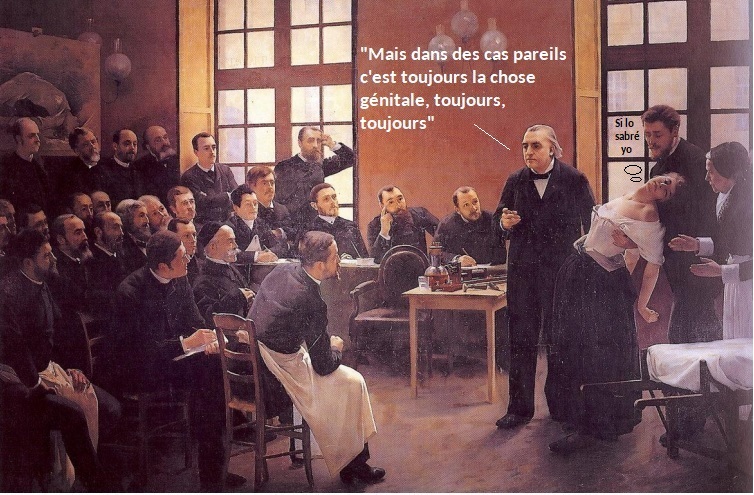













































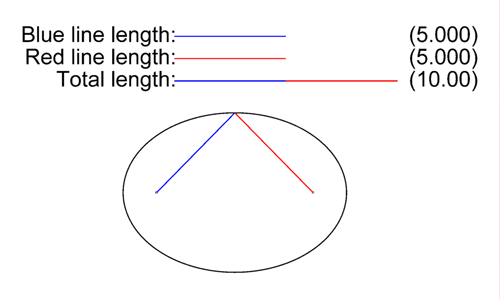

















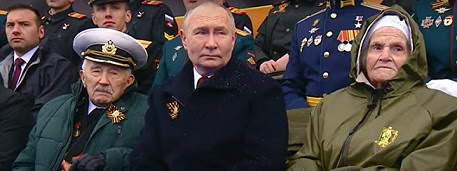

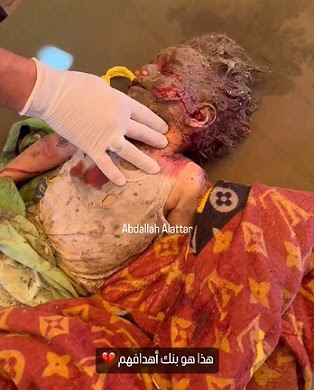
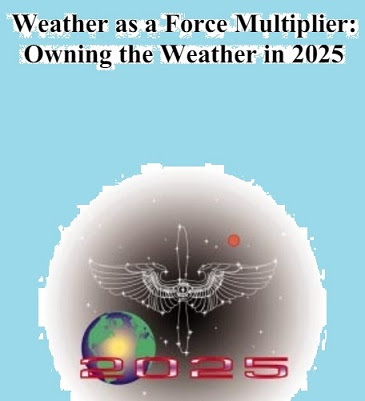
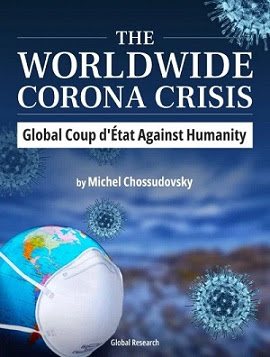
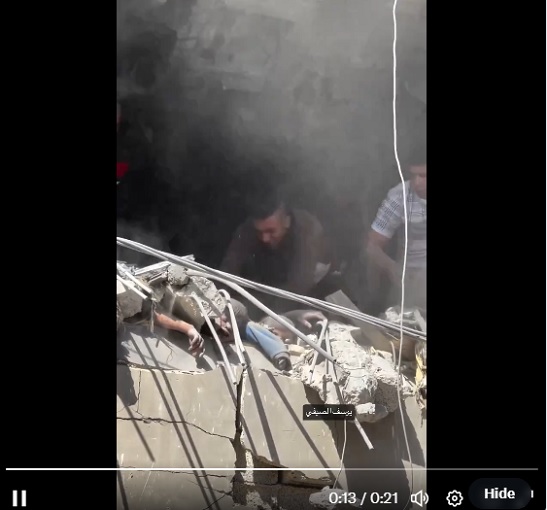




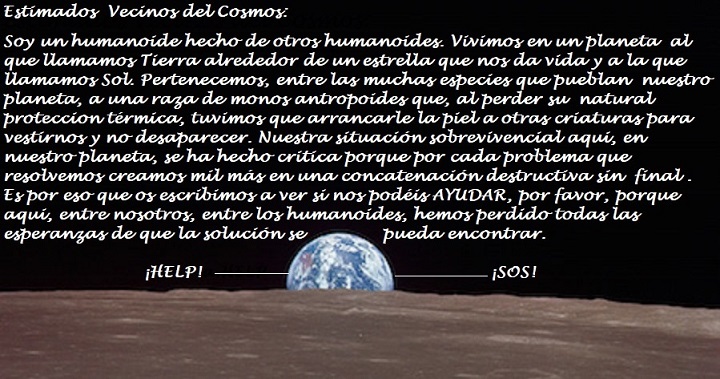



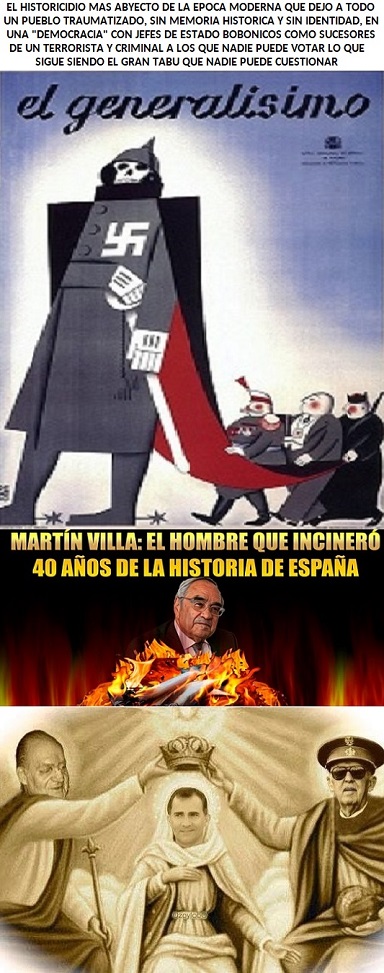




















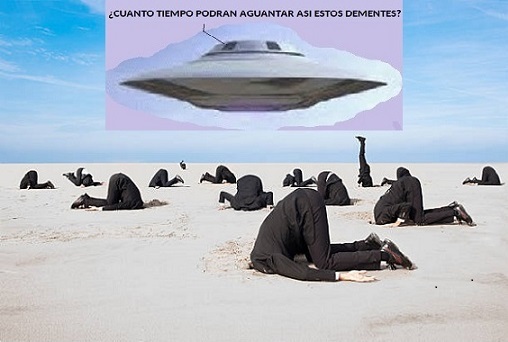















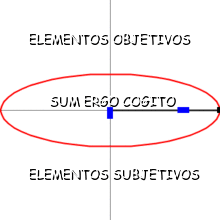










.jpg)





%20(1).jpg)











































